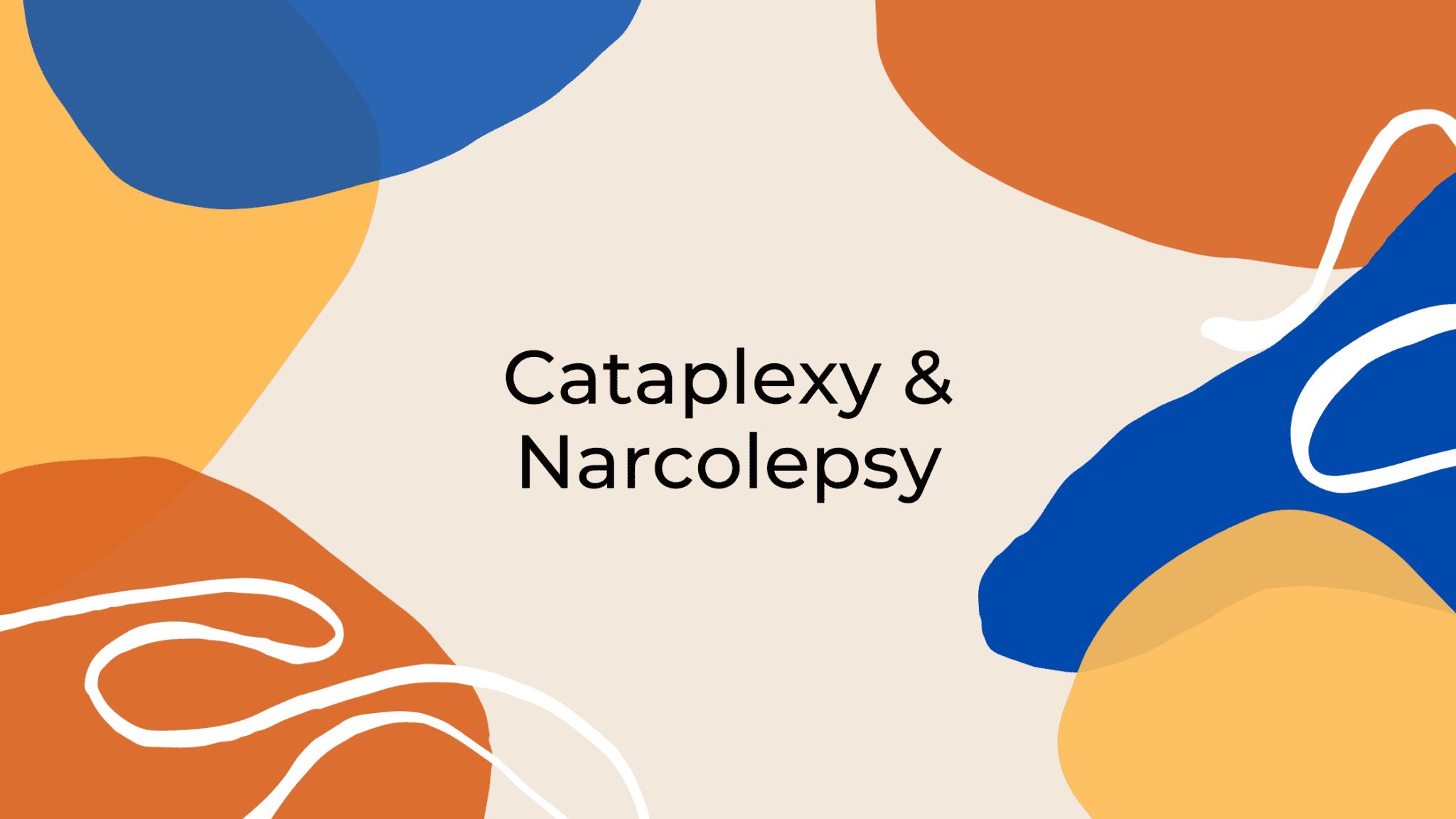
Self-reported features confirmed the important role of positive emotions (laughter, telling a joke) in triggering the attacks, as well as the more frequent occurrence of partial body involvement in cataplexy compared with pseudocataplexy. Conversely, generalized pseudocataplexy is associated with persistence of deep tendon reflexes during the attack. Facial involvement is present in both partial and generalized cataplexy. smile, facial expression) and postural control (head drops, trunk fall) under clear emotional trigger. Results: Video-recorded cataplexy can be positively differentiated from pseudocataplexy by the occurrence of facial hypotonia (ptosis, mouth opening, tongue protrusion) intermingled by jerks and grimaces abruptly interrupting laughter behavior (i.e.


Video documented and self-reported attack features of cataplexy and pseudocataplexy were contrasted. Methods: We selected 30 video-recorded cataplexy and 21 pseudocataplexy attacks in 17 and 10 patients evaluated for suspected narcolepsy and with final diagnosis of narcolepsy type 1 and conversion disorder, respectively, together with self-reported attacks features, and asked expert neurologists to blindly evaluate the motor features of the attacks. Abstract : Study Objectives: To describe the motor pattern of cataplexy and to determine its phenomenological differences from pseudocataplexy in the differential diagnosis of episodic falls.


 0 kommentar(er)
0 kommentar(er)
